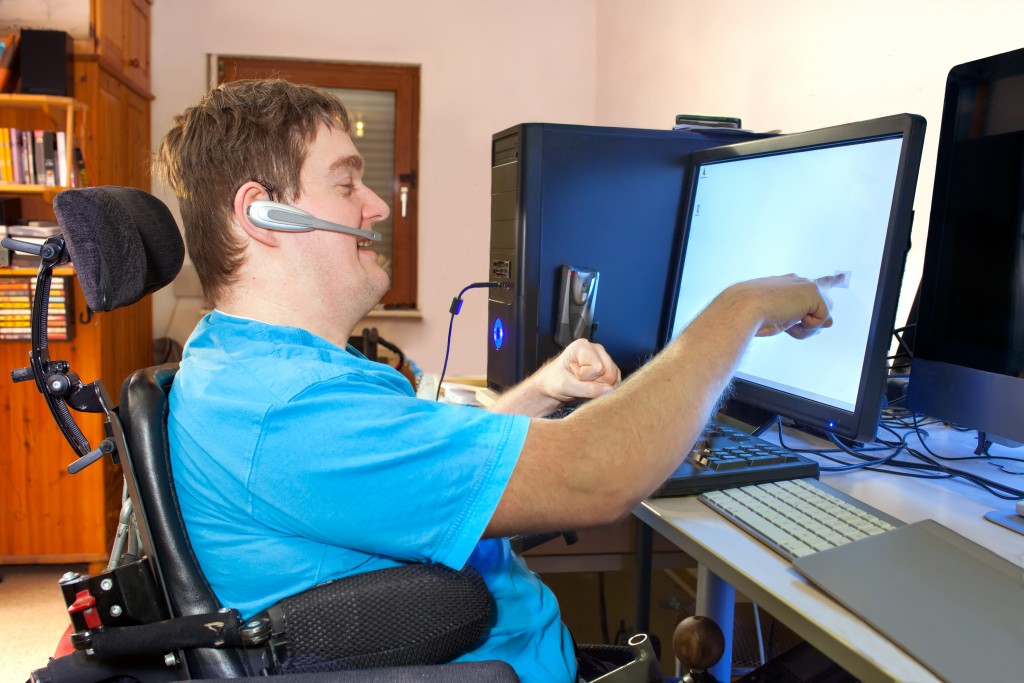Companies are gradually becoming aware of having a diverse workforce. And with nearly eight million people with disabilities in the workforce, there is a good chance these companies will have people with disabilities on their payroll.
A disabled-friendly workplace increases productivity among employees with disabilities. It also encourages unemployed yet qualified individuals to apply and eventually get hired by these companies.
But creating such a workplace doesn’t happen overnight. It requires the adoption of a disabled-friendly culture within the company. To ensure this will happen, management can consider the following tips:
Build Awareness Within the” Workforce
The workforce should be aware of the culture the company wants to promote. With a disabled-friendly culture, individuals with disabilities can easily integrate into the company and become a part of the organization.
To build awareness, the company can organize classes and training to give full-bodied employees an idea of the daily struggles of disabled individuals. It should also educate them on how to deal with them to avoid unconscious bias against their coworkers.
The training provided by the company will dismiss any misconceptions about disabled individuals and allow everyone to work together. Moreover, it will also educate the workforce on how to help disabled workers during an emergency.
Work with Outside Organizations
The company can also work with outside organizations to provide training and classes for its able-bodied employees. Some organizations have created training materials for this purpose. All the company needs to do is to contact these organizations and schedule the seminar or class.
The company can also work with local self-help groups or disability organizations to create policies for a disabled-friendly workplace. Getting information from these groups and organizations is essential to ensure the policies are designed to help disabled employees.

Prioritize Accessibility
The company should also make accessibility to the workplace a priority. This is particularly important for people with disabilities. Freely accessible workplaces allow disabled employees to move around without any obstructions. It also allows them to complete their work and enjoy working with the company.
To ensure a workplace is freely accessible, the company should have disabled-friendly parking areas, ramps, and doorways accessible for wheelchairs. Additionally, elevators, conference rooms, washrooms, and other common areas should also be accessible to employees with disabilities. Also, disabled employees can access all communication materials of the company.
To ensure the workplace is accessible, the company may have to contact a contractor to make the necessary modifications in the office. If building a ramp isn’t possible due to space limitations, the company can consider getting a residential or commercial vertical lift instead. It can also contact an architect to make a suitable design for the building interiors before making the necessary changes.
Use Assistive Technology
Disabled individuals have started to become active in the labor force due to the use of assistive technology. Assistive technology is primarily designed to facilitate the participation of an individual in certain activities.
Employees with disabilities will increase their productivity if the company invests in suitable assistive technology devices. These devices include refreshable Braille displays, assistive listening devices, color-coded keyboards, and sign language applications. To lighten employees’ moods with disabilities inside the office, the company can also install interactive apps on computers.
Aside from acquiring these devices and apps, the company should also provide the necessary training to its employees. Disabled employees will only become productive if they are trained in the use of these devices and apps.
Making a workplace inclusive for all employees will require a lot of work on management and HR. Despite this requirement, once all the changes are implemented, they can look forward to more productivity from the company’s workforce, particularly among employees with disabilities.

